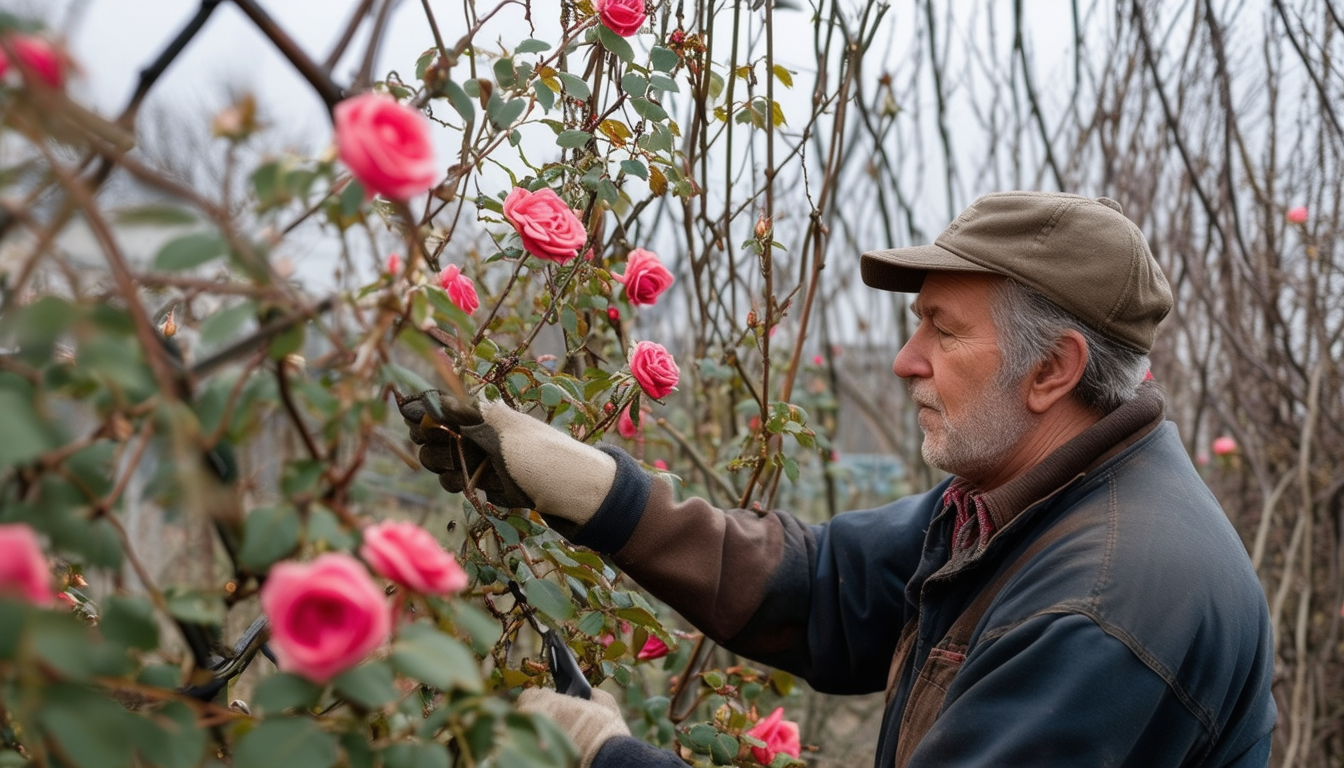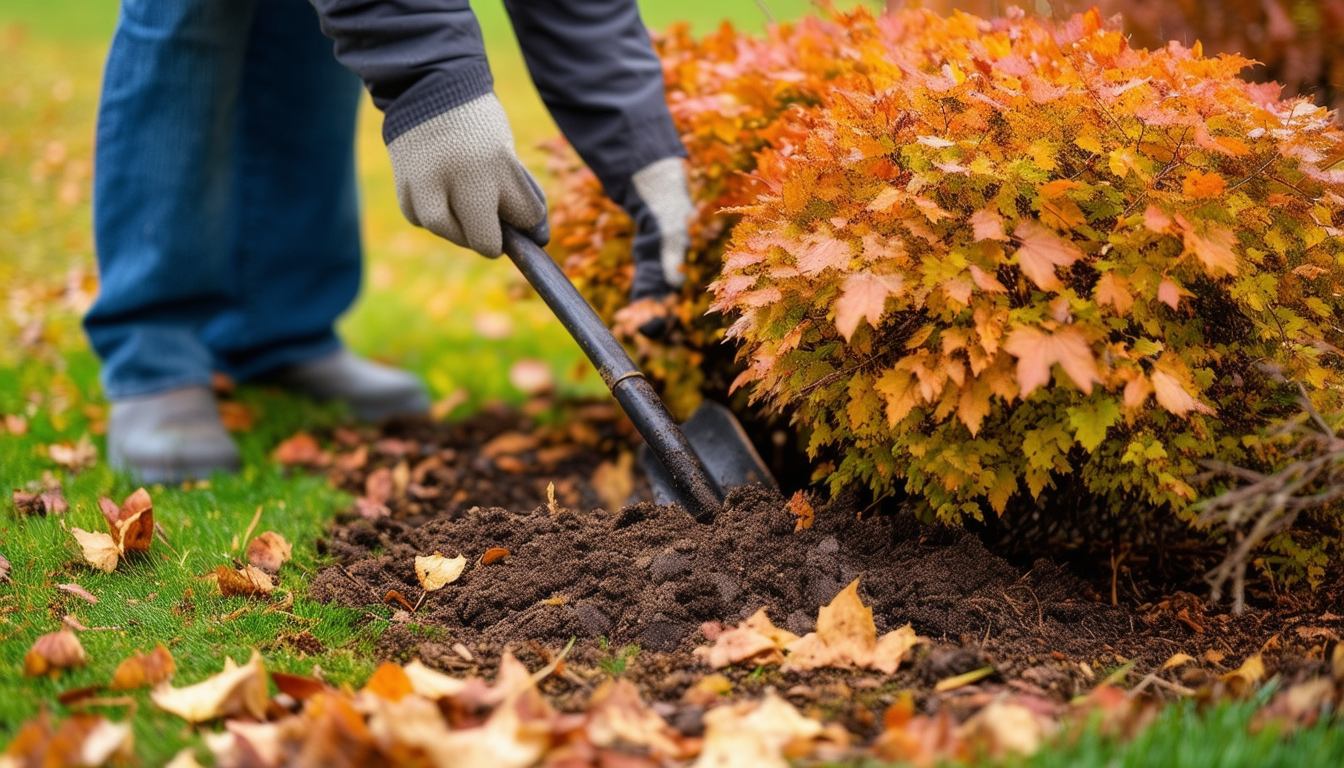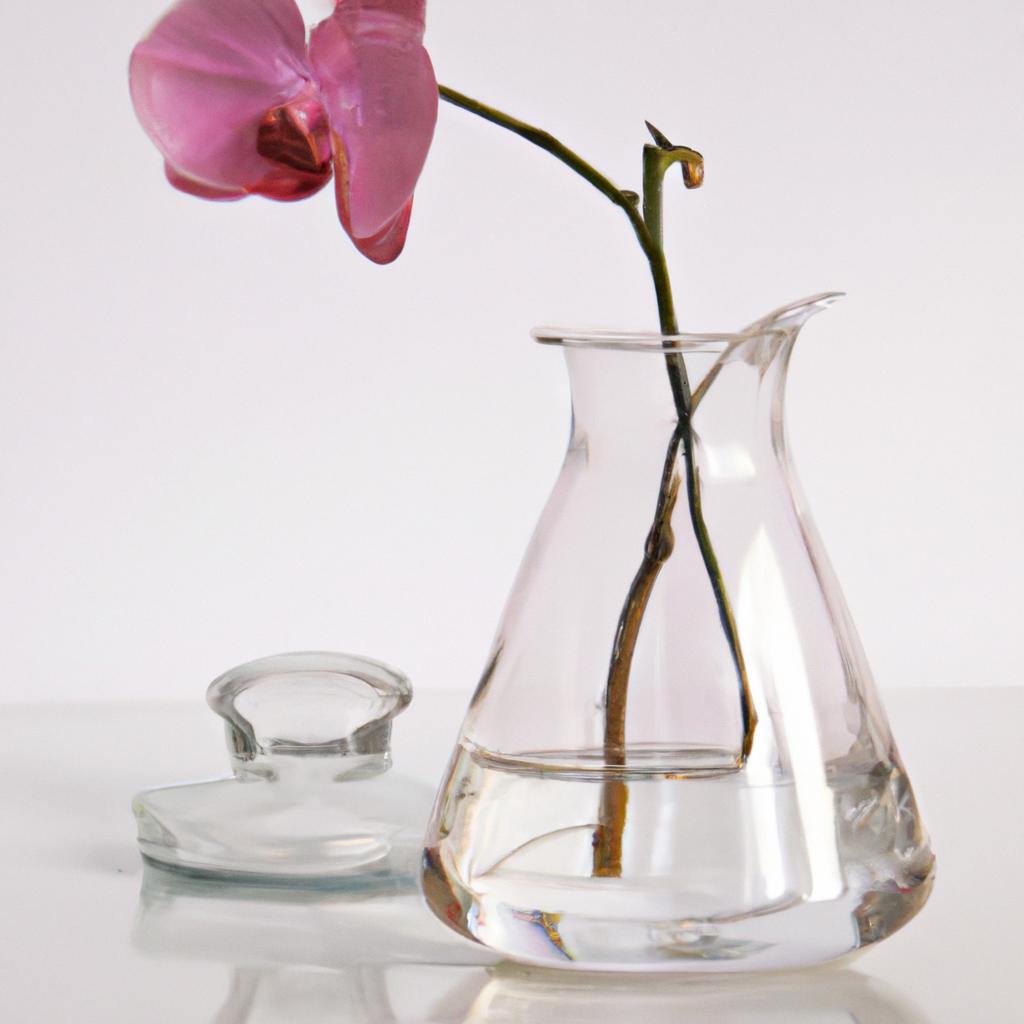
Unlock the secret to healthier, more vibrant climbing roses with expert pruning techniques during dormancy.
Understanding Dormancy: Why Timing Matters
Timing is crucial when it comes to pruning climbing roses. During dormancy, typically in late winter, the plant is in a state of rest, making it the ideal time to prune. This period allows the plant to heal and grow stronger once the growing season begins.
Pruning during dormancy helps to remove dead or diseased wood, encouraging new growth and better flowering. By understanding the dormancy cycle of your climbing roses, you can ensure they remain healthy and vibrant year after year.
Essential Tools for Pruning Climbing Roses
Having the right tools can make all the difference in achieving a clean and precise prune. Essential tools for pruning climbing roses include sharp bypass pruners, long-handled loppers, a pruning saw, and gloves to protect your hands from thorns.
Additionally, disinfecting your tools before and after use is crucial to prevent the spread of disease. A simple solution of water and bleach can be used to sterilize your pruning equipment.
Comprehensive Step-by-Step Guide to Pruning Climbing Roses
Step 1: Begin by removing any dead, damaged, or diseased canes. Cut these canes back to healthy tissue just above an outward-facing bud.
Step 2: Thin out overcrowded areas by removing older canes to promote better air circulation and light penetration.
Step 3: Shorten the remaining canes by about one-third to encourage new growth and flowering. Make your cuts at a 45-degree angle, just above an outward-facing bud.
Step 4: Tie the remaining canes to a support structure, such as a trellis or arbor, to guide their growth.
Common Mistakes to Avoid While Pruning
One common mistake is pruning too early or too late in the season. Pruning too early can stimulate new growth that may be damaged by frost, while pruning too late can remove potential flower buds.
Another mistake is cutting too close to the bud or leaving too much stem above the bud, which can lead to dieback. Always make clean cuts at the correct angle and height to ensure proper healing.
Post-Pruning Care: Ensuring Optimal Growth
After pruning, it's important to provide your climbing roses with the right care to promote optimal growth. Apply a balanced fertilizer to support new growth and flowering. Mulch around the base of the plant to retain moisture and suppress weeds.
Regular watering, especially during dry spells, is essential to help your roses recover from pruning. Keep an eye out for any signs of pests or disease, and address them promptly to keep your roses healthy.
List of best climbing roses
There are many stunning climbing roses to choose from, each with its unique characteristics. Some of the best climbing roses include 'New Dawn,' known for its vigorous growth and fragrant pink blooms; 'Eden,' which boasts large, lush flowers in soft pink; and 'Iceberg,' a reliable climber with pure white blossoms.
Other popular varieties include 'Don Juan,' with its deep red flowers, and 'Zephirine Drouhin,' a thornless rose with a delightful fragrance and vibrant pink blooms.
What to look out for when pruning roses?
When pruning roses, look out for signs of disease, such as black spots, rust, or powdery mildew. Remove any affected canes to prevent the spread of disease. Also, watch for pests like aphids or spider mites and take action to control them if necessary.
Ensure you are making clean cuts and not tearing the wood, which can create entry points for pathogens. Always prune to an outward-facing bud to encourage growth away from the center of the plant, promoting better air circulation and reducing the risk of disease.



